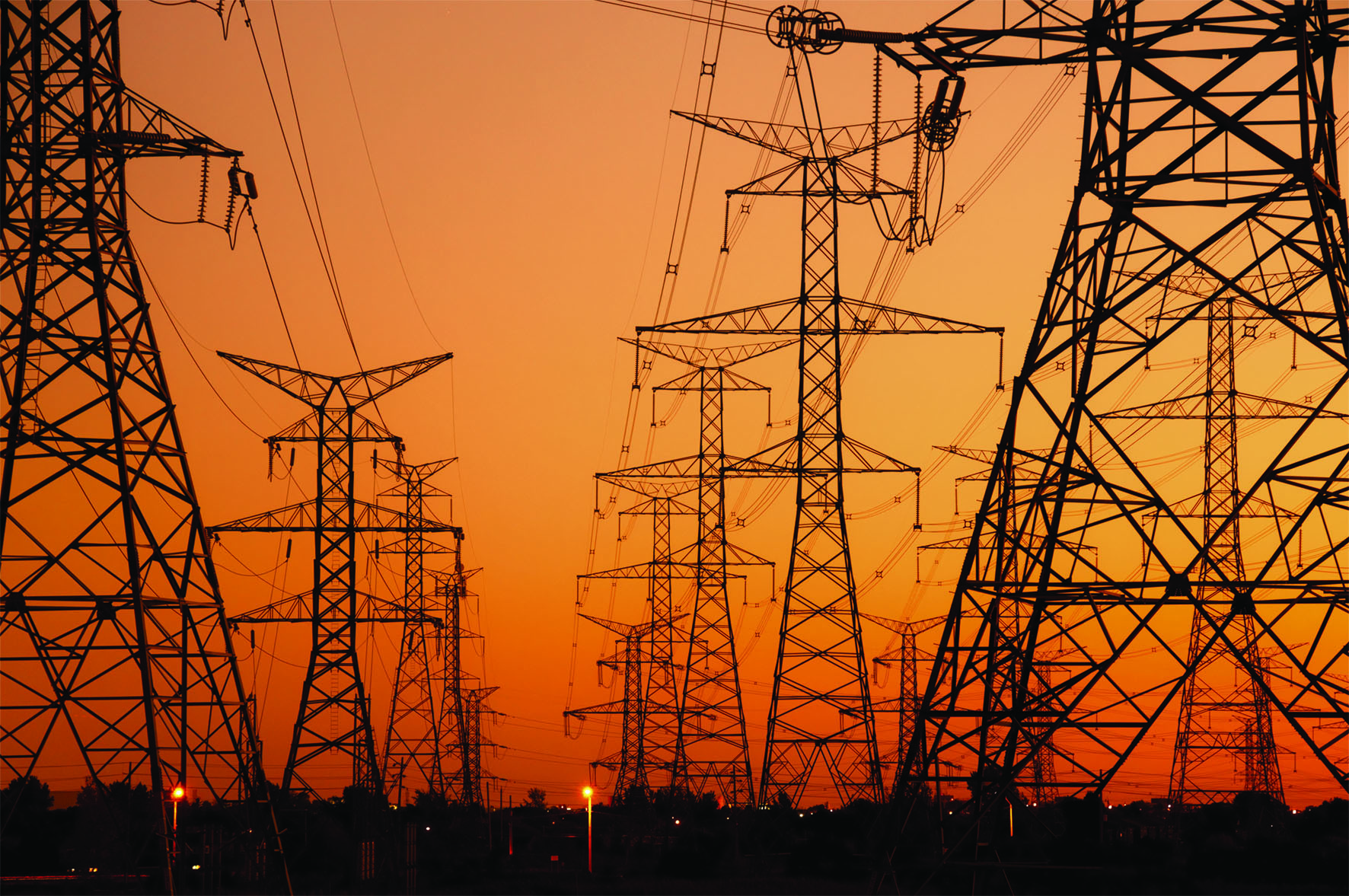A 400 kilovolt Kenya-Tanzania Inter-connectivity Project is being constructed by Tanzania Electricity Supply Company (Tanesco) in Lemugur area in Arusha region. The project which cost a total o $258 million kicked off in the year 2016 and is expected to be complete by the month of December 2023. Te project is foreseen to stretch all the way from Singida Region to Babati area which is located in Manyara Region to Arusha in an area called Lemugur and finally connecting to Kenya.
The connectivity project consists of a 510-kilometer power line where a total of 414 kilometers are located in Tanzania and the remaining 96 kilometers are located in the neighboring country of Kenya. The project has a capacity of transmitting a capacity of 2,000 megawatts of electric power.
Also read: Last Mile Connectivity Project in Kenya Seeks Ksh21 bn Loan Funding
Kenya-Tanzania Inter-connectivity Project Financiers
The main financiers of the Kenya-Tanzania Inter-connectivity Project are Japan International Cooperation Agency and African Development Bank (AfDB) on the side of Tanzania. During a briefing that was held just recently by staff members from the Japan Embassy and JICA accompanied by journalists, the manager of Tanesco who is in charge of power generation and interconnection projects, Timothy Mgaya, made a statement that they were currently carrying out tests on the installed equipment and also verifying them.
Following the completion of the Kenya-Tanzania Inter-connectivity Project Tanzania will become able to buy electricity from other neighboring countries like Ethiopia, which already has connected its power to Kenya with an aim of addressing its potential power shortages. Other than that, Tanzania will also sell its electric power to other countries surrounding it just in case they will have it in excess.
Also, it is going to generate revenue for Tanzania because whenever the countries from the southern part of Africa buy electricity from Ethiopia it will have to be transmitted through the infrastructure set up in the country.

